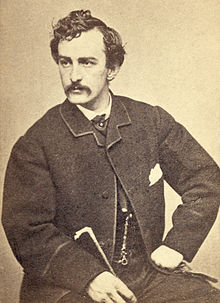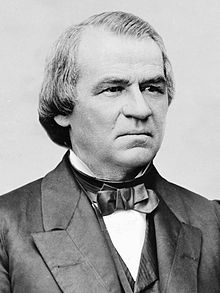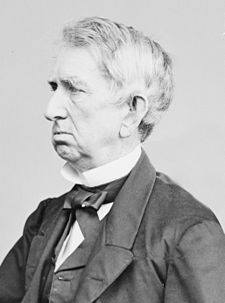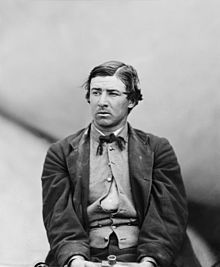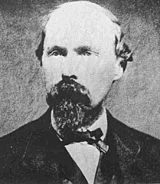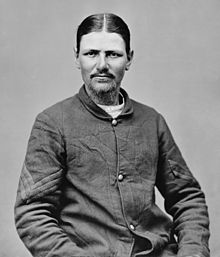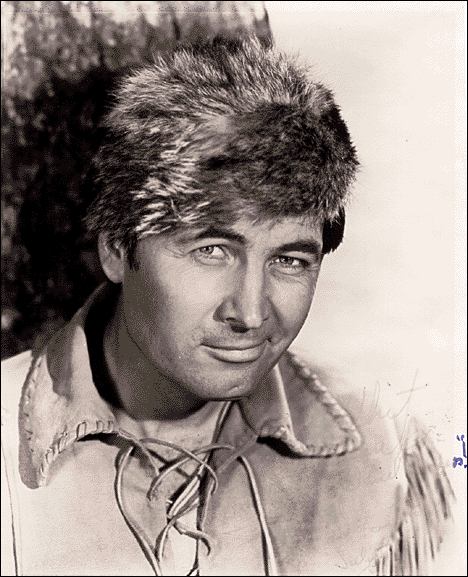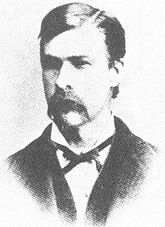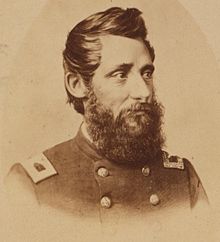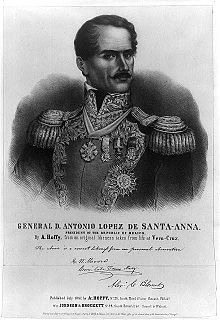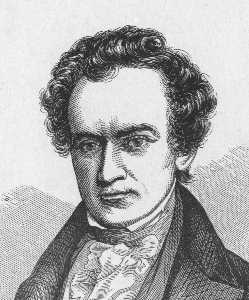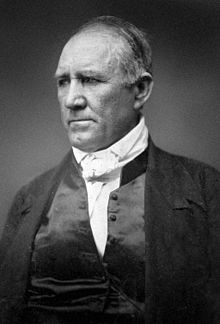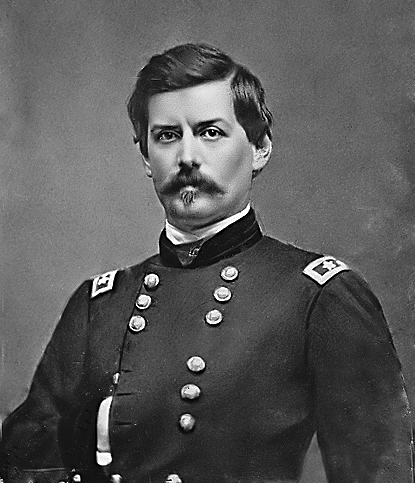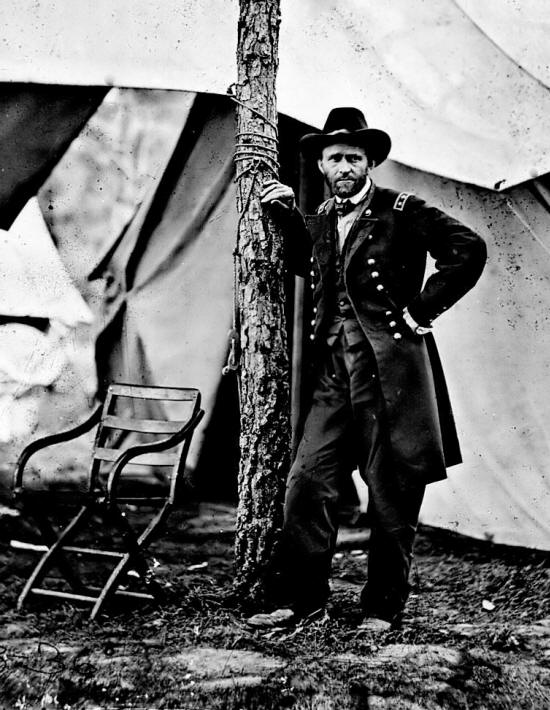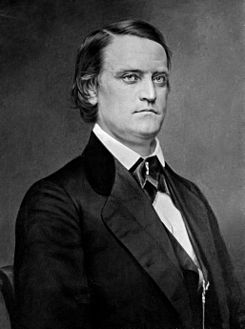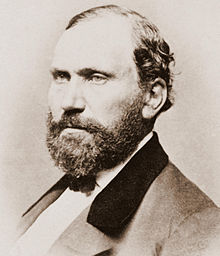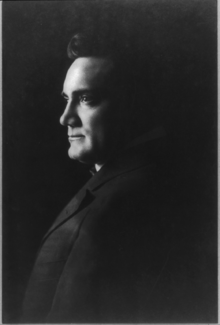April 27,
Hiram Ulysses Grant, but more commonly known as Ulysses S. Grant, Civil War leader and 18th president of the United States, is born on this day in 1822.
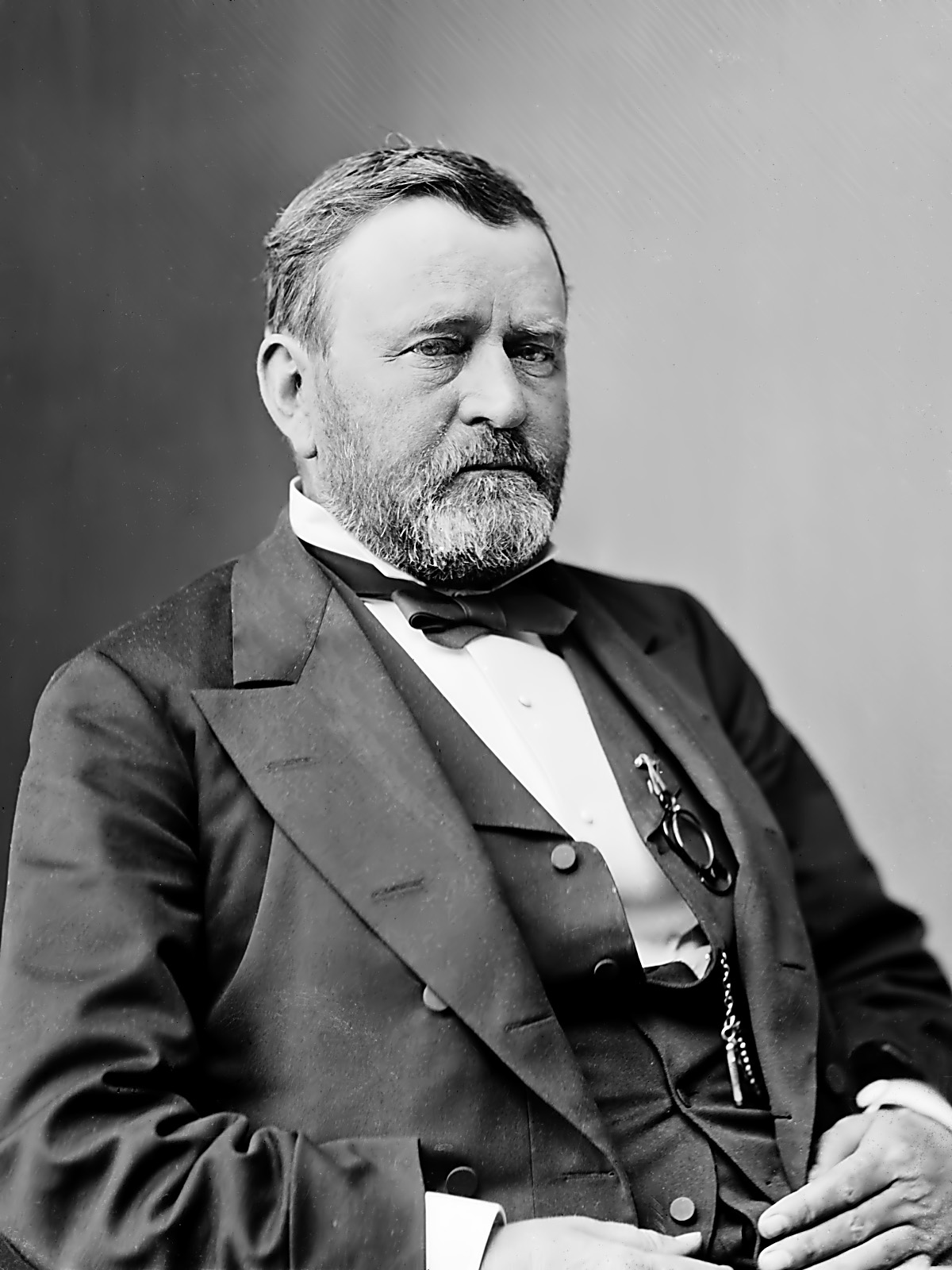
The son of a tanner, Grant showed little enthusiasm for joining his father’s business, so the elder Grant enrolled his son at West Point in 1839. It was in the process of joining West Point that his name was changed by accident, and he never bothered to correct it. Though Grant later admitted in his memoirs he had no interest in the military apart from honing his equestrian skills, he graduated in 1843 and went on to serve in the Mexican-American War, though he opposed it on moral grounds. He then left his beloved wife and children again to fulfill a tour of duty in California and Oregon. The loneliness and sheer boredom of duty in the West drove Grant to binge drinking. By 1854, Grant’s alcohol consumption so alarmed his superiors that he was asked to resign from the army. He did, and returned to Ohio to try his hand at farming and land speculation. Although he kicked the alcohol habit, he failed miserably at both vocations and was forced to take a job as a clerk in his father’s tanning business.
If it were not for the Civil War, Grant might have slipped quickly into obscurity. Instead, at the encouragement of one of his friends, a hot tempered red-haired fighter named William Tecumseh Sherman, he re-en-listed in the
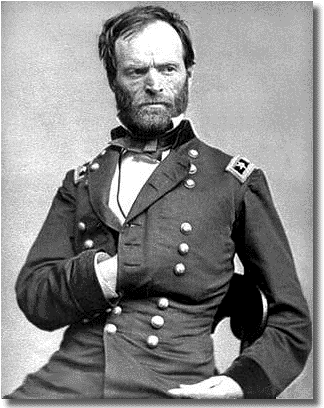
army in 1861 and embarked on a stellar military career, although his tendency to binge-drink re-emerged and he developed another unhealthy habit: chain cigar-smoking. He struggled throughout the Civil War to control the addictions. In 1862, he led troops in the captures of Forts Henry and Donelson in Tennessee, and forced the Confederate Army to retreat back into Mississippi after the Battle of Shiloh. (After the Donelson campaign, Grant received over 10,000 boxes of congratulatory cigars from a grateful citizenry.)
In 1863, after leading a Union Army to victory at Vicksburg, Grant caught President Lincoln’s attention. The Union Army had suffered under the service of a series of incompetent generals and Lincoln was in the market for a new Union supreme commander. In March 1864, Lincoln revived the rank of lieutenant general—a rank that had previously been held only by George Washington in 1798–and gave it to Grant. As supreme commander of Union forces, Grant led a series of epic and bloody battles against the wily Confederate General Robert E. Lee.
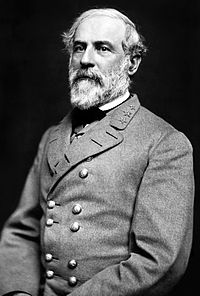
It all came to an end, however, on April 9, 1865, when Lee surrendered to Grant at Appomattox Court House, Virginia. As a side note, Lee would never tolerate anyone saying anything negative about Grant after this because of the magnanimity of his surrender terms. The victory solidified Grant’s status as national hero and, in 1868, he was elected to the first of two terms as president.
Grant’s talent as a political leader paled woefully in comparison to his military prowess. He was un-able to stem the rampant corruption of his administration and failed to combat a severe economic depression in 1873. There were bright spots in Grant’s tenure, however, including the passage of the Enforcement Act in 1870, which temporarily curtailed the political influence of the Ku Klux Klan in the post-Civil War South, and the 1875 Civil Rights Act, which attempted to desegregate public places such as restrooms, inns, public conveyances on land or water, theaters, and other places of public amusement. In addition, Grant helped heal U.S. and British diplomatic relations, despite the fact that Britain had offered to supply the Confederate Army with the tools to break the Union naval blockade during the Civil War. He also managed to stay sober during his two terms in office.
Upon leaving office, Grant’s fortunes again declined. He and his wife Julia traveled to Europe be-tween 1877 and 1879 amid great fanfare, but the couple came home to bankruptcy caused by Grant’s unwise investment in a scandal-prone banking firm. Grant spent the last few years of his life writing a detailed account of the Civil War, urged on by his good friend, Mark Twain.
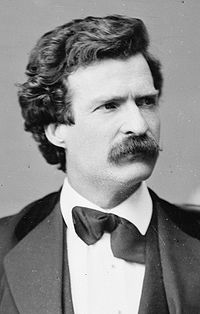
He held off death by sheer will, the same sheer will that drove him to success in the war, until he deemed them completed and then died of throat cancer the same day, in 1885. Julia managed to scrape by on the royalties earned from his memoirs and a pension given her by Congress as the widow of a President.
To purchase a signed copy of Larry Auerbach’s novel “COMMON THREADS”, Click Here
Photo courtesy of wikipedia.com


